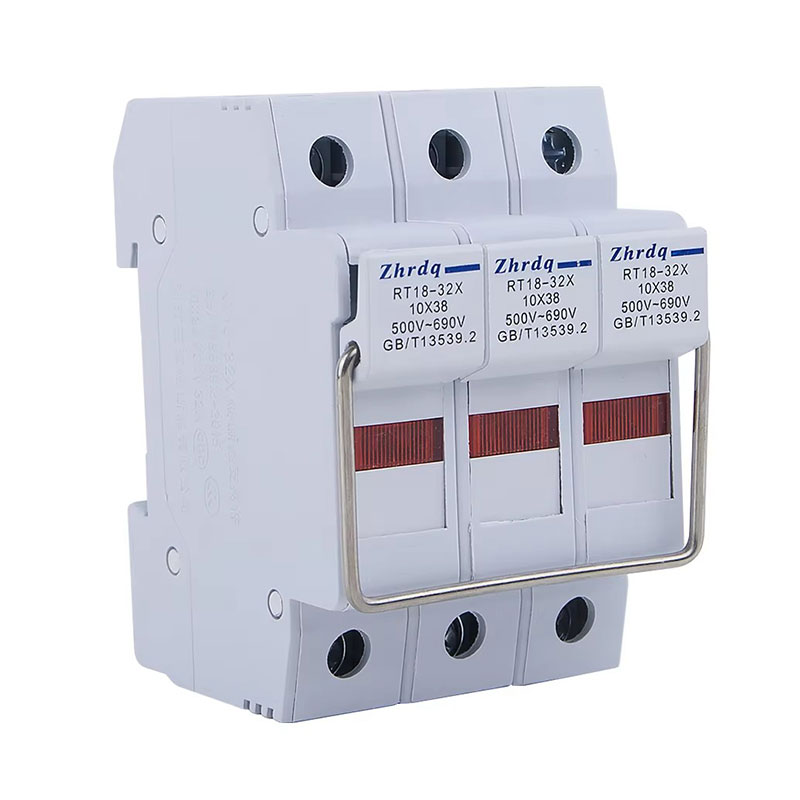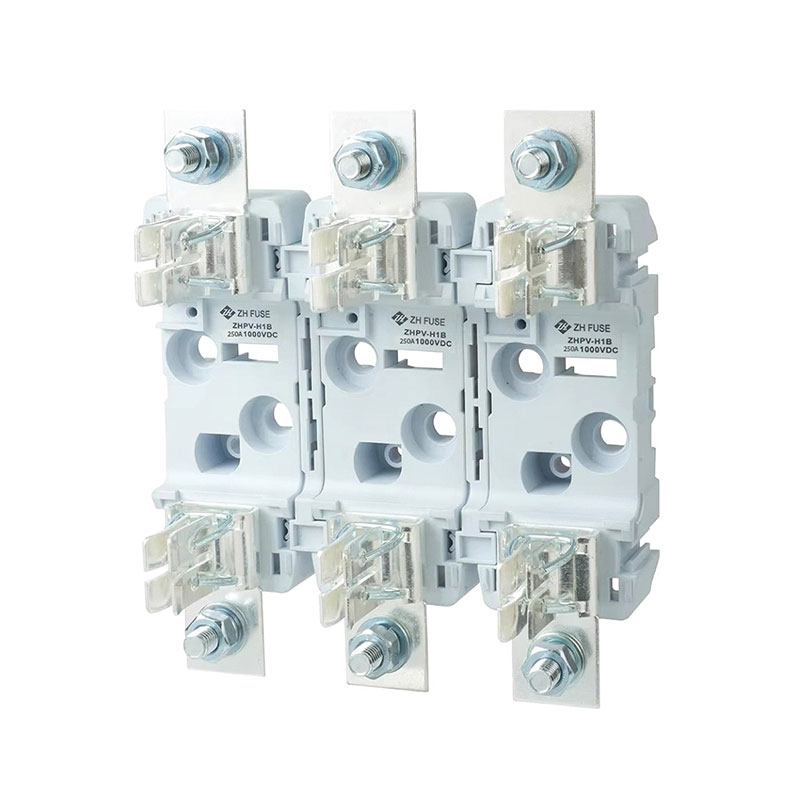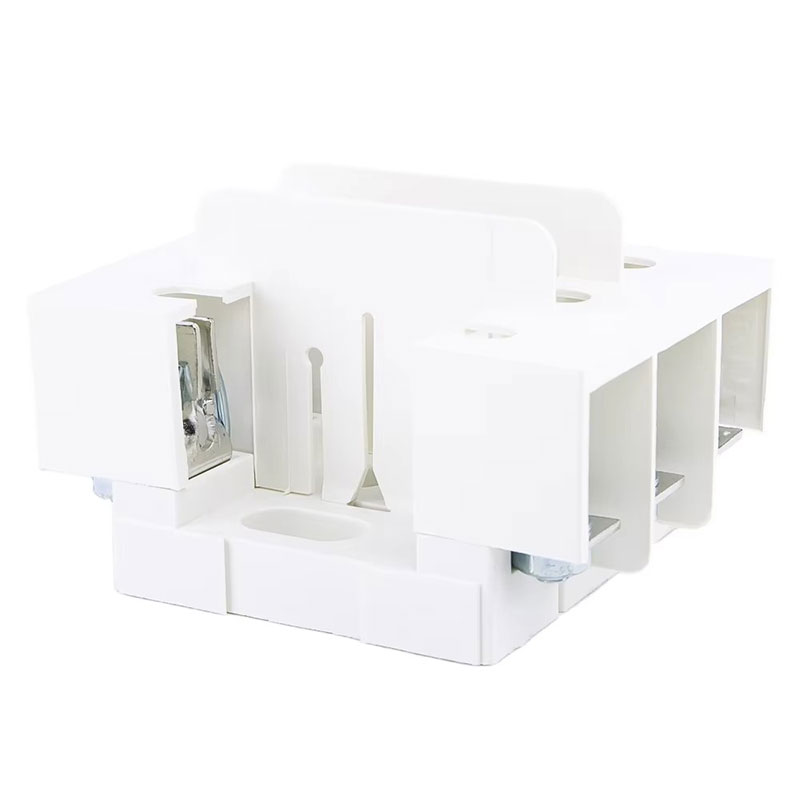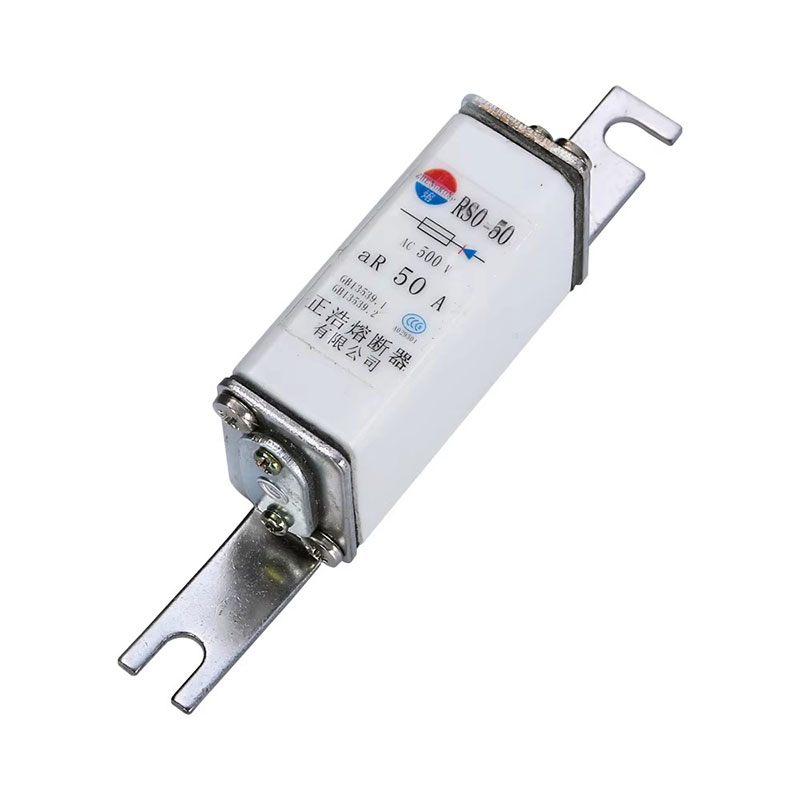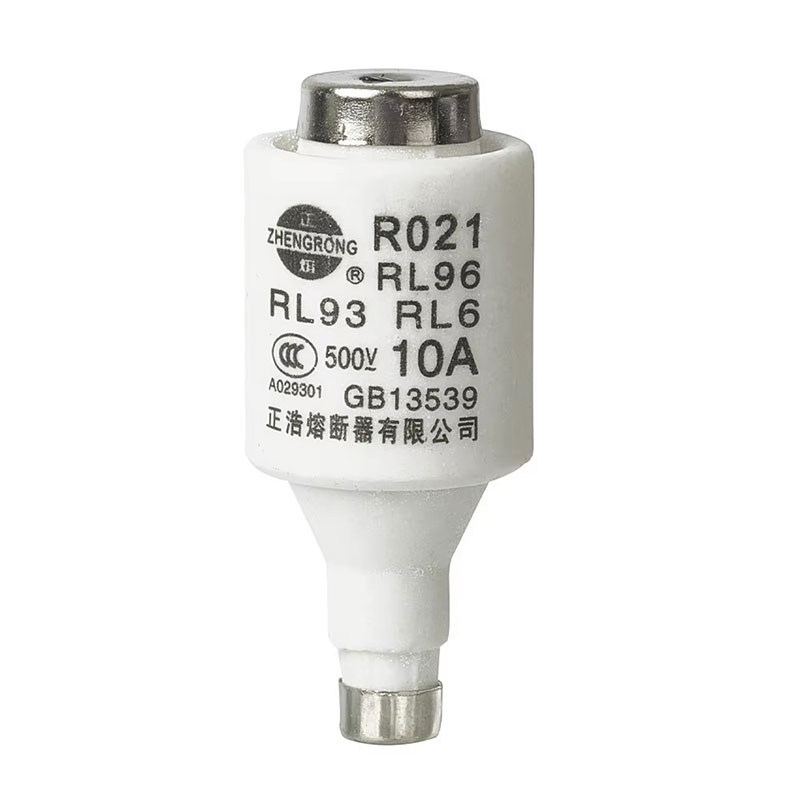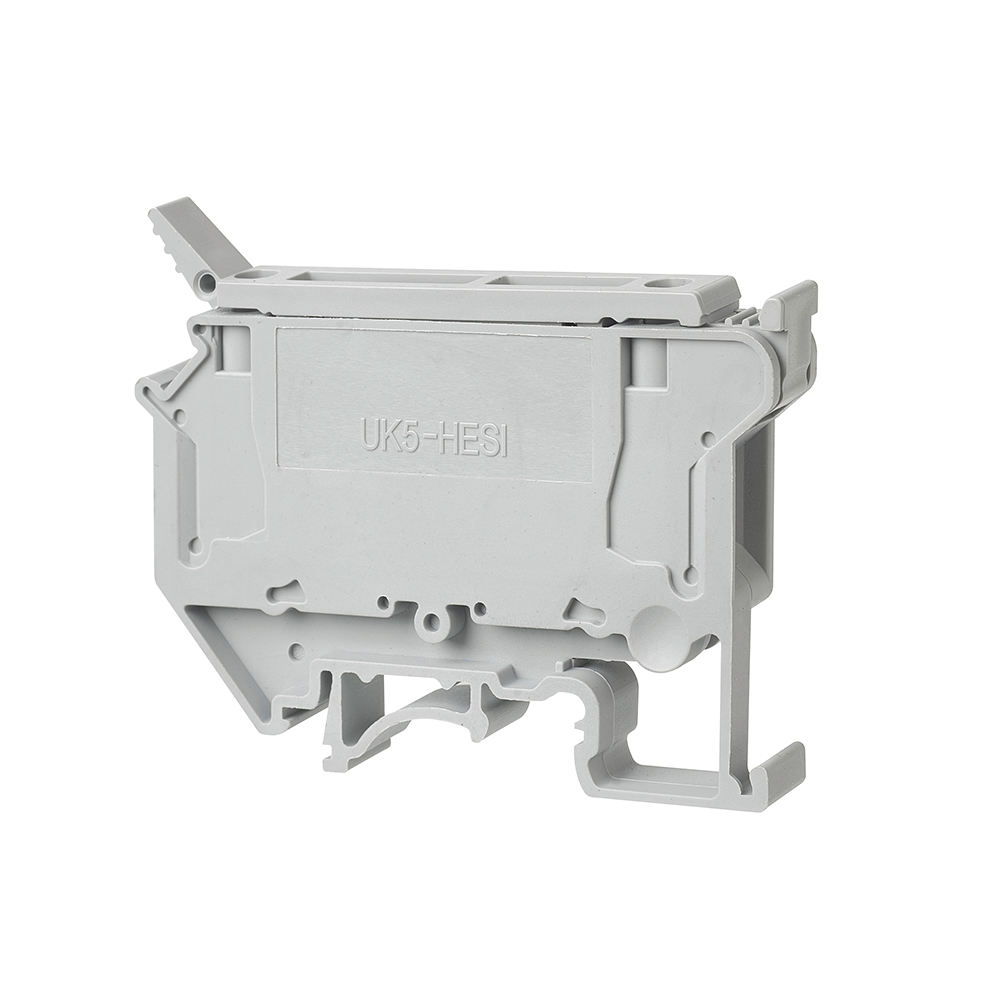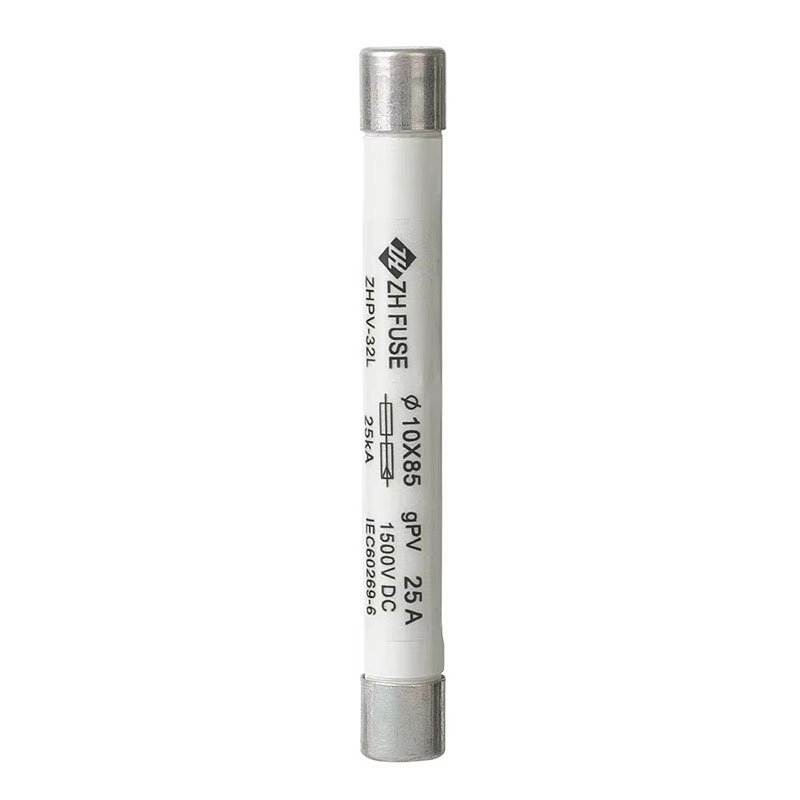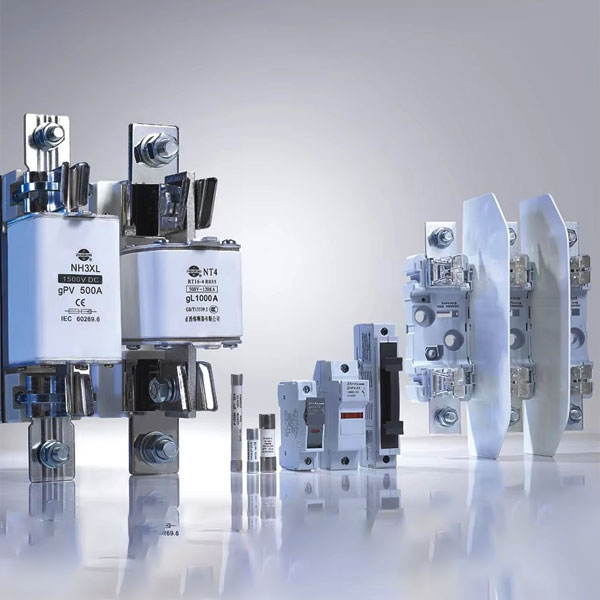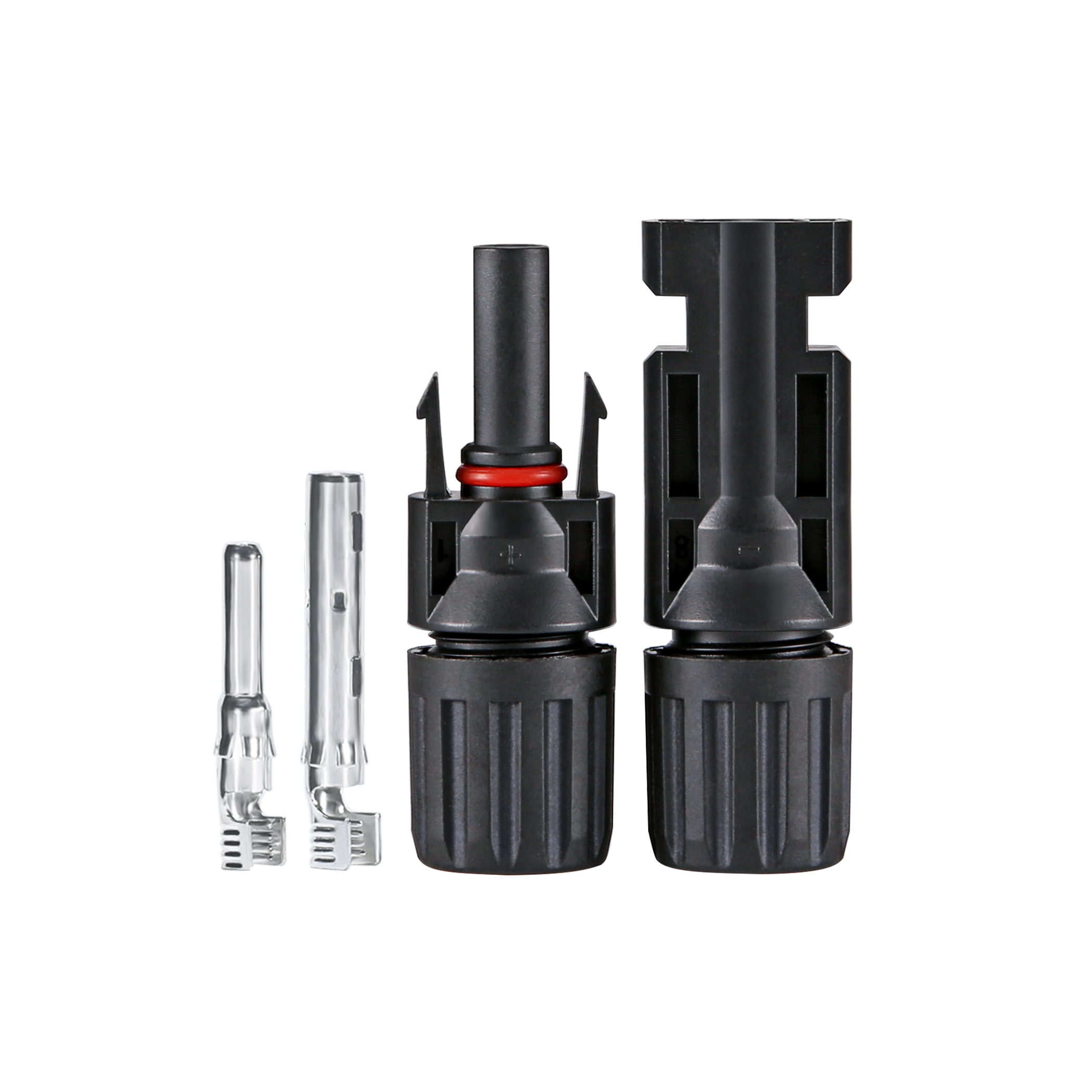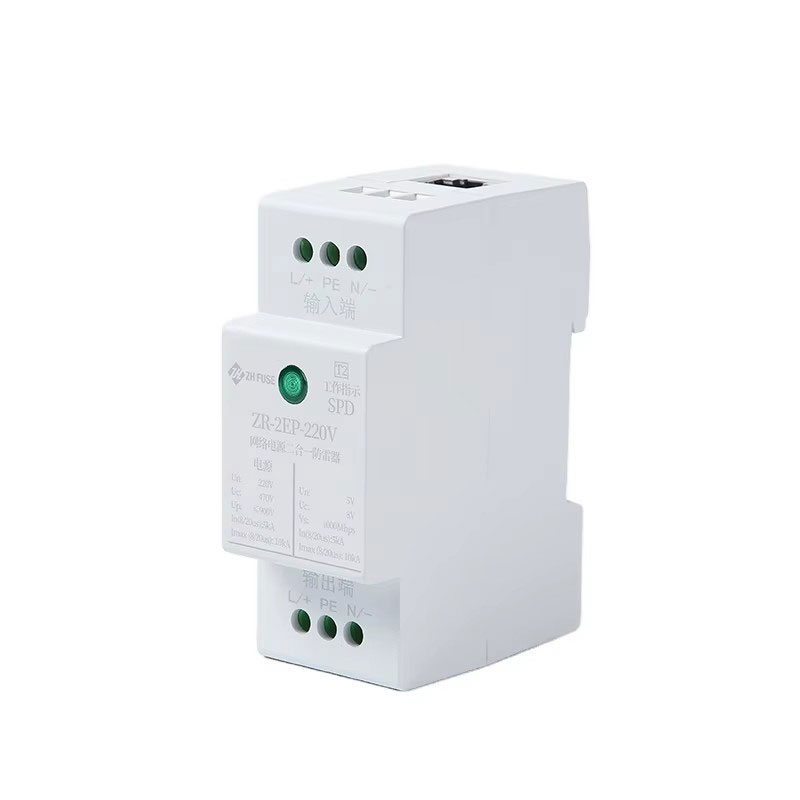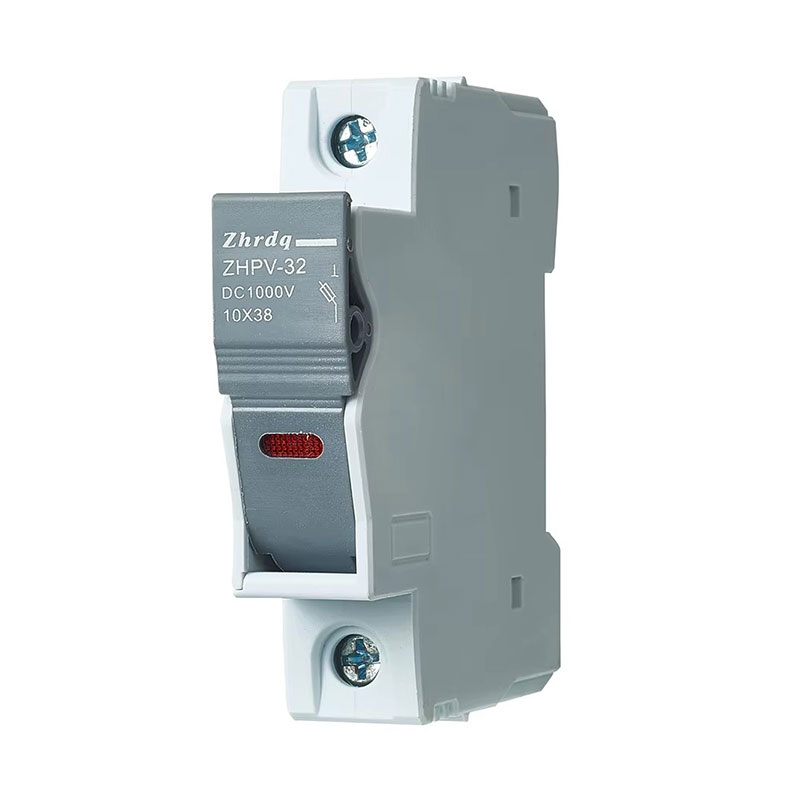How Does a Cylindrical Fuse Protect Electrical Systems?
Cylindrical fuses are compact yet powerful devices designed to protect electrical circuits from overcurrent and short-circuit damage. Their robust cylindrical structure ensures reliable operation, and their versatility makes them widely used in industrial, commercial, and residential applications.
What is a Cylindrical Fuse and How Does It Work?
A cylindrical fuse is a type of overcurrent protection device featuring a cylindrical body, typically made from ceramic, glass, or thermoplastic, containing a fusible element. This element melts when the current exceeds a predetermined value, interrupting the circuit and preventing damage to equipment or risk of fire. Cylindrical fuses are valued for their simplicity, reliability, and ease of replacement.
Key Features:
-
Compact cylindrical design
-
Reliable overcurrent protection
-
Available in a variety of voltage and current ratings
-
Fast-acting or time-delay options depending on application
Working Principle:
The cylindrical fuse works by allowing the normal current to pass through the fusible element. When an excessive current flows due to a fault, the heat generated melts the element, breaking the circuit and stopping the current. This protects sensitive equipment and wiring from damage.
Why Choose Cylindrical Fuses Over Other Types of Protection Devices?
Cylindrical fuses offer several advantages over alternative protective devices, including circuit breakers or blade fuses. Their design provides precise current interruption, minimal maintenance, and high reliability in both AC and DC systems.
Advantages:
| Feature | Description |
|---|---|
| Compact Size | Fits into small panels and equipment, saving space. |
| Wide Range of Ratings | Available for currents from milliamps to hundreds of amps and voltages from 32V DC to 600V AC. |
| Fast Response | Quickly interrupts overcurrent events, reducing the risk of fire and equipment damage. |
| Time-Delay Options | Protects devices with temporary inrush currents, such as motors and transformers. |
| Durable Materials | Ceramic or glass body withstands thermal stress and mechanical shock. |
| Easy Replacement | Standardized sizes allow for quick and safe fuse replacement. |
Cylindrical fuses are especially preferred in industrial machinery, renewable energy systems, automotive electronics, and power distribution networks due to these advantages.
How to Select the Right Cylindrical Fuse for Your Application?
Choosing the right cylindrical fuse requires understanding the system requirements, including voltage, current, and environmental conditions. Selecting an inappropriate fuse can lead to premature blowouts or insufficient protection, potentially damaging critical equipment.
Steps to Choose a Cylindrical Fuse:
-
Determine System Voltage: Ensure the fuse voltage rating exceeds the maximum operating voltage of the circuit.
-
Identify Load Current: Choose a fuse rated slightly above the normal operating current but below the threshold that could damage devices.
-
Select the Type: Decide between fast-acting (for sensitive electronics) or time-delay (for inductive loads like motors).
-
Check Interrupting Rating: The fuse must safely interrupt the maximum fault current expected in the system.
-
Consider Environmental Conditions: High temperatures, vibrations, and humidity can affect fuse performance. Choose materials and ratings accordingly.
Technical Specifications Example:
| Parameter | Value |
|---|---|
| Voltage Rating | 250V AC, 500V AC, 32V DC |
| Current Rating | 0.1A – 100A |
| Fuse Type | Fast-Acting, Time-Delay |
| Body Material | Ceramic, Glass |
| Interrupting Capacity | 50kA – 200kA (depending on type) |
| Mounting Type | Panel mount, Clip-in, Holder-based |
| Operating Temperature | -40°C to +125°C |
These specifications ensure engineers and end-users can accurately match the fuse to their circuit requirements, ensuring long-term reliability.
Common Questions About Cylindrical Fuses
Q1: How long does a cylindrical fuse last under normal operation?
A1: A cylindrical fuse is designed to last indefinitely under normal operating currents. Its lifespan is limited only by environmental conditions such as extreme heat, humidity, or mechanical stress. As long as the current remains within the rated range, the fusible element does not degrade.
Q2: Can a cylindrical fuse be reused after it blows?
A2: No. Once the fusible element melts due to an overcurrent event, the fuse must be replaced. Attempting to reuse a blown fuse can compromise circuit protection and pose serious safety risks.
What are the Latest Trends and Innovations in Cylindrical Fuse Technology?
As electrical systems evolve, cylindrical fuses are also adapting to new requirements, particularly in renewable energy, electric vehicles, and smart grid applications. Modern fuses now feature:
-
Enhanced Interrupting Capacity: Capable of safely handling higher fault currents in industrial applications.
-
Miniaturization: Smaller form factors without compromising performance, suitable for compact electronics.
-
High-Speed Fuses: Specifically engineered for protecting semiconductor devices like IGBTs and MOSFETs.
-
Integration with Monitoring Systems: Smart fuses can provide real-time status to networked control systems, reducing downtime.
-
Environmentally Resistant Designs: Improved materials for high temperature, humidity, and vibration resistance, extending operational life.
These trends highlight the growing importance of cylindrical fuses in modern, high-efficiency, and safety-critical systems.
Why Reliable Fuse Brands Like Zhenghao Are Essential for System Safety
Selecting a high-quality fuse from a reputable manufacturer like Zhenghao ensures consistent performance, adherence to international standards, and reliable protection for critical systems. Zhenghao’s cylindrical fuses are engineered to meet the highest electrical safety standards while providing precision and durability across a wide range of applications.
With decades of experience and commitment to innovation, Zhenghao delivers fuses that combine advanced materials, precise engineering, and rigorous quality testing. Whether for industrial machinery, renewable energy installations, or automotive systems, Zhenghao fuses provide peace of mind and long-term reliability.
For more details or to find the right cylindrical fuse for your specific application, contact us today to discuss product options, technical specifications, and custom solutions.
- Why Your Solar Array's Safety Hinges on Choosing the Right Photovoltaic DC Fuse
- What Makes Float Switches the Key to Smarter and Safer Liquid Level Control in Modern Industries?
- Why Cylindrical Fuses Are the Core of Modern Electrical Protection Systems?
- Why Choose a Screw Type Fuse Over Other Fuse Types
- Constantly having circuit protection issues?
- What is Solar Connector?


